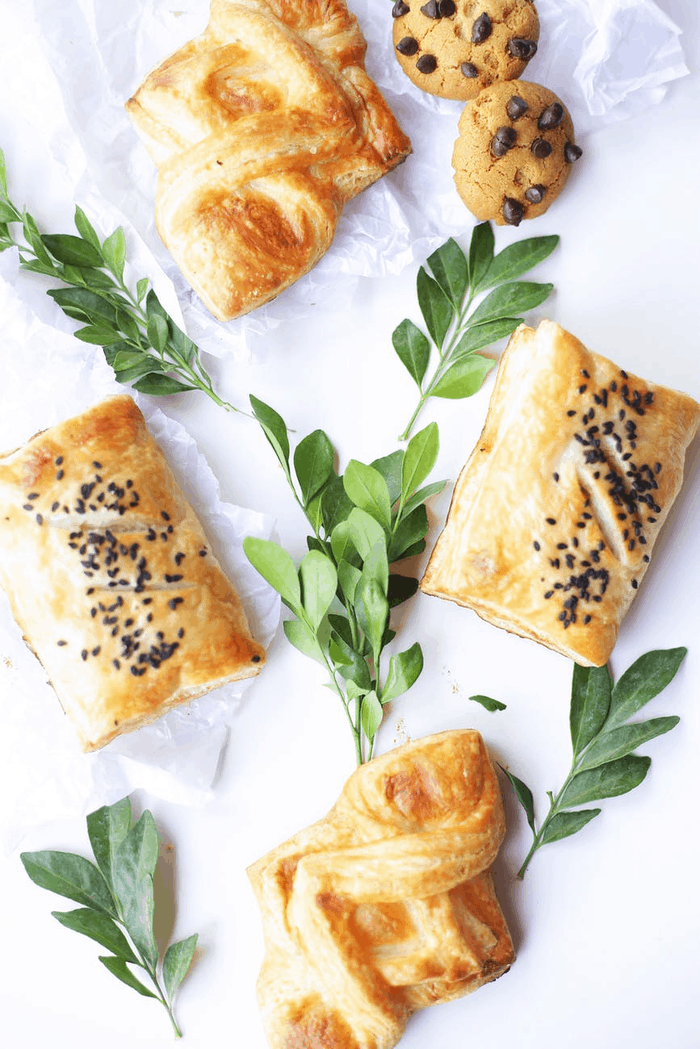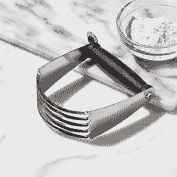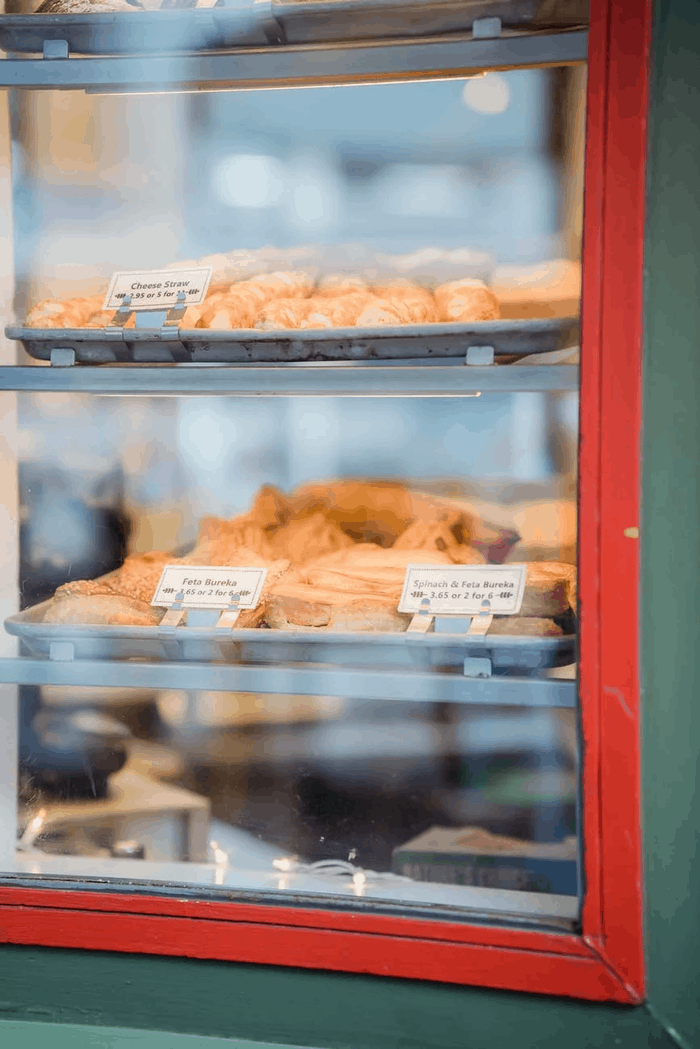How to Use a Pastry Cutter
To make a dough, a pastry cutter, also described as a pastry blender or dough blender, works firm fats like butter, shortening, or lard into the flour. It is most commonly used during the preparation of pie crust, cookies, as well as other bakery items. Would you like to cut the butter with a pastry cutter? But you have no idea how to put it to use? I would say that you have come to the right place.
If you use the pastry cutter right, you can make great pastry dough with wonderful items. The small sections of the pastry cutter will tighten the butter and flour. When one does not use the pastry cutter correctly, it appears that an error is happening.

Step by Step Guide to Use a Pastry Cutter to Cut Butter into Flour
If you are new to pastry, I will show you how to use a pastry cutter in this article. If you are like others, you will admit that making pastry dough for the first time can be intimidating. The enjoyment can be ruined if the dough is overworked. However, now that there is a pastry cutter as a solution, it is no longer a concern.
When baking cookies, scones, or any other flaky pastry, a tutorial will sometimes instruct you to "cut in" butter or shortening. "Cutting in" refers to the process of mixing butter into flour in such a manner that small chunks of raw butter stay whole inside the flour mixture. When the dough is fried, these small chunks cause divergence in the final product’s shape, which gives it its flaky texture. A pastry blender is the simplest method to use when cutting in butter.
Step 1: Begin With Cold Butter
Some bakers cool almost anything, including the butter, flour, mug, and other equipment. What is the reason for this? Glutens are proteins found in flour that stiffen as the dough is combined or kneaded. This stiffness is slowed by cool temperatures, allowing the baker more influence over the procedure.
Warm butter lightens and incorporates into the flour, resulting in fewer small lumps or a less flaky feel, and that is not what you like. As a result, ensuring that the butter is cold is important for flawless pastry.
Step 2: Measure the Flour
Did you know that the flaky look you want is created by the ratio of butter to flour? And the fact the lumps of butter mix in with the flour? Therefore, it is critical to weigh the flour correctly. When weighing by volume, filtering the flour ensures a consistent quantity.
The quantity of flour in a cup, unlike liquids, is determined by how closely it is loaded. A loosely packed cup contains more flour than a densely packed cup. Sifting tends to reduce the difference, which is vital. Note: If there is too much flour, the butter to flour balance will be incorrect and your dough will be less flaky.
Step 3: Pastry Blender Time!
It is a good idea to cool the pastry blender first. Hold the handle of the pastry blender and press the blades into the butter, effectively breaking it into fragments. Twist the blender half-turn, then pick it up and reiterate in fast movements until the combination is the correct texture. Few dishes will determine the size of the butter lumps.
Some recipes ask for "pea-sized" chunks, while others suggest the flour mixture should have the consistency of crumbs. Some recipe instructions will call for a consistency that is similar to cornmeal. Whatever you do, keep in mind that the flakier your pastry is, the larger the butter lumps must be.

Step 4: Finishing Up
The lumps of butter in the flour mixture can still be noticeable when completed. This amount of lump qualifies as "pea-sized." At this point, you can put the dry ingredients in the refrigerator with the butter cut in and keep it for baking later. I would recommend you to complete the preparation and bake it as soon as you introduce some wet ingredients, (such as water, eggs, or milk) since the dampness will stimulate the baking powder or baking soda.

In conclusion, the word "pastry blender" can be deceiving, as it implies an electronic cooking gadget or at the very least one with rotating bits. Alternatively, it is a very quick and straightforward tool that costs less than 5 dollars on average.
Some people like to use a fork, scissors, or even their hands, but using a pastry blender is much simpler. When you do it by hand, the butter will get too warm due to your fingertips. I hope you enjoyed reading this article about How to Use a Pastry Cutter. Let me know all your thoughts and queries in the comments section below!
